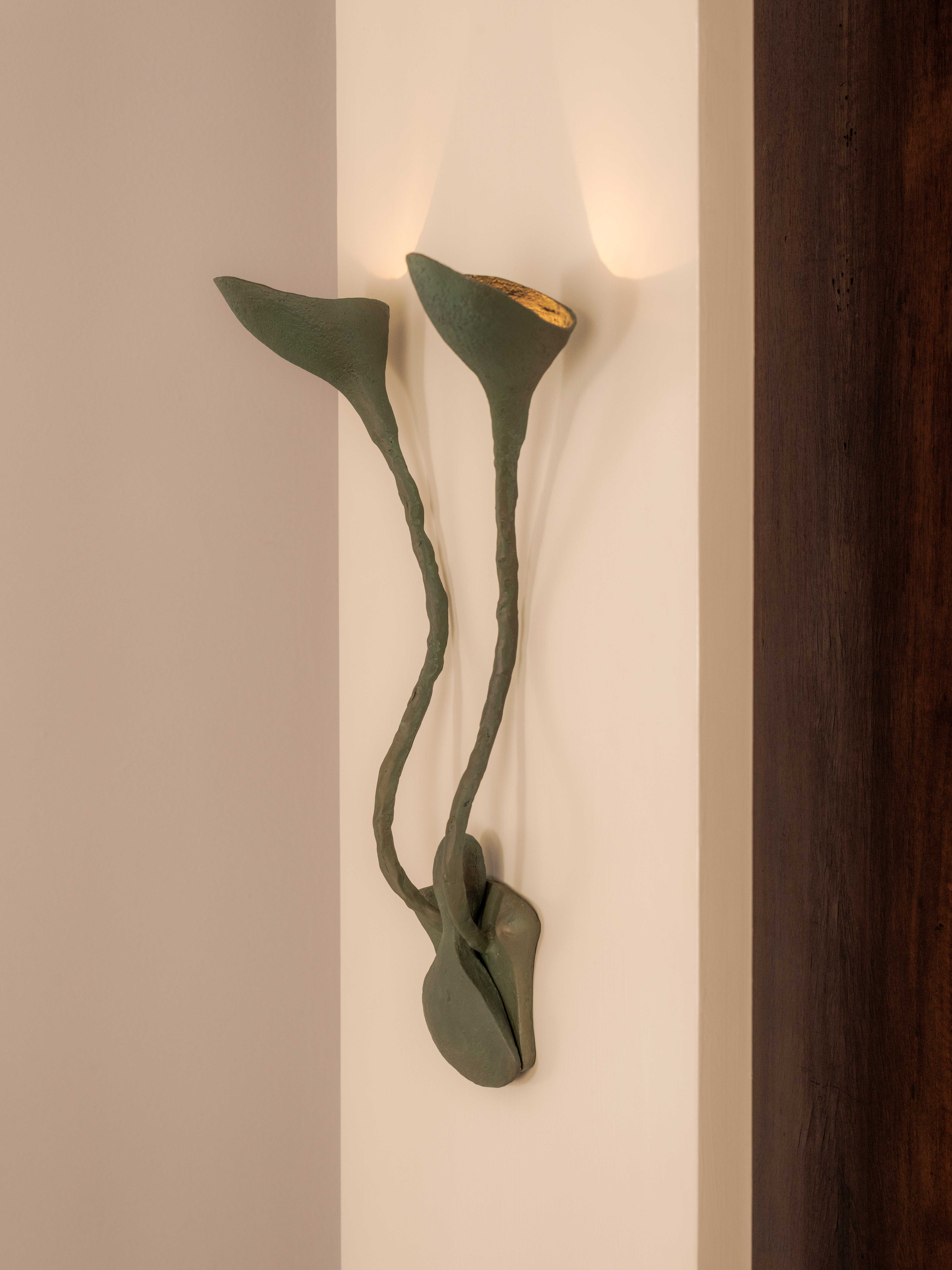A year without a kiln: ceramic artist Simone Bodmer-Turner on experimenting with new design materials
'A year without a kiln' is Simone Bodmer-Turner new exhibition at Emma Scully Gallery (until 22 June 2024), showing her material experiments and collaborations while moving her studio from Brooklyn to rural Massachusetts

Sometimes change and opportunity intersect at fateful moments. For Simone Bodmer-Turner, a special offer presented itself: 'I was lightly looking,' for something different, she says. That proposition? A Deerfield-style farmhouse, in rural central Massachusetts, on land well-tilled by a family-friend. Bodmer-Turner, for the record, 'never worked in anything but ceramics,' she says matter-of-factly. 'I'm very interested in function, making a space and its design. I want to make.'
Simone Bodmer-Turner's A Year Without a Kiln

What prompted this newfound reality was somewhat simple: Bodmer-Turner gave up her Brooklyn studio, just over a year ago, and couldn’t move her kiln at the same time. Turns out, it’s actually a little more complicated to haul an industrial firebox than shoving it into the back of a Subaru, the car that shuffled most of Bodmer-Turner’s supplies. What could have felt like a moment of liberation, in fact, was cast in a murkier light as the ceramicist had just announced an exhibition with her gallerist, Emma Scully. A ceramic exhibition, of course. Naturally, that plan had to be scratched.
So what did the artist do? Bodmer-Turner got creative, and conceptual conceit emerged: 'A Year Without A Kiln'. The title of the exhibition, at Scully’s stunning nineteenth-century East 79th Street townhouse space (until 2 June 2024), and the result of this direction, which led her towards bronze, wood-working and lacquer that materialized into furniture (side tables, lamps, screens) and other functional objects (bowls, andirons).

Bodmer-Turner long admired Calder and Diego Giacometti’s 'accessible and casual' fine furniture; and the vernacular of these mid-century sculptural thinkers find particular form in the details. Though the artist says, 'when I reference other artists’ work, or materials, it's always personal. It's not just that I saw it in a book and wanted to try it.' Her house, too, with its Dutch Colonial gambles, led to 'more classical interpretations, both by necessity of the material, but also, then spending more time in Massachusetts and creating something like that makes sense in this architecture.' Her environments always seep into her work: 'How else do people gather?'
In fact, it’s the personal that jumps out in this new body of work. While the works themselves are an entirely new departure, it’s actually the process that’s more novel to Bodmer-Turner. 'This is the first show that I didn't physically make the work,' she says. Scully adds: 'this is a really unique show, where Simone was working as a designer, but from the perspective of a maker.' That doesn’t Bodmer-Turner sat back and task-mastered. Instead, she enlisted friends—old and new, even her sculptor life-partner—experts in their materials to help turn her clay maquettes and prototypes into the final forms they are now.

After meeting Laura Pepper at the Garlic and Arts festival in Orange, MA, Bodmer-Turner presented the Windsor Chair Wizard to commandeer her tables; which were then lacquered by urushi-master Yuko Gunji, whom Bodmer-Turner had met in Japan during a ceramics residency. 'I am a bit like tulips in that I love to return to places to have a deeper connection,' says Bodmer-Turner.
Similarly, after meeting a local Massachusetts blacksmith, Bodmer-Turner brought him into the process and commissioned the andirons and bowls (an object, she says, so frustrating to get right, the blacksmith joked he’d never make again). Bodmer-Turner also engaged West Supply, the family-run bronze casters, to oversee her metallurgical processes. As Scully says, 'we consciously spent the year making choices to work with different people to bring certain pieces to life. It really was a collaboration,' while Bodmer-Turner adds: 'there's so many people who made this possible.'
Receive our daily digest of inspiration, escapism and design stories from around the world direct to your inbox.
'A Year Without a Kiln' is on view until 22 June 2024
Emma Scully Gallery
16 E 79th St
New York, NY 10075
emmascullygallery.com
simonebodmerturner.com

Julie Baumgardner is an arts and culture writer, editor and journalist who's spent nearly 15 years covering all aspects of art, design, culture and travel. Julie's work has appeared in publications including Bloomberg, Cultured, Financial Times, New York magazine, The New York Times, Wall Street Journal, as well as Wallpaper*. She has also been interviewed for The Atlanta Journal-Constitution, Miami Herald, Observer, Vox, USA Today, as well as worked on publications with Rizzoli press and spoken at art fairs and conferences in the US, Middle East and Asia. Find her @juliewithab or juliebaumgardnerwriter.com
-
 At last: a London hotel that’s great for groups and extended stays
At last: a London hotel that’s great for groups and extended staysThe July London Victoria, a new aparthotel concept just steps away from one of the city's busiest rail stations, is perfect for weekends and long-term visits alike
-
 Three new smartwatches showcase new frontiers in affordable timepiece design
Three new smartwatches showcase new frontiers in affordable timepiece designLong may you run: smartwatches from Withit, Kospet and OnePlus favour function and value above all else, demonstrating just how much the smartwatch has evolved in recent years
-
 Debuts, dandies, Demi Moore: 25 fashion moments that defined 2025 in style
Debuts, dandies, Demi Moore: 25 fashion moments that defined 2025 in style2025 was a watershed year in fashion. As selected by the Wallpaper* style team, here are the 25 moments that defined the zeitgeist